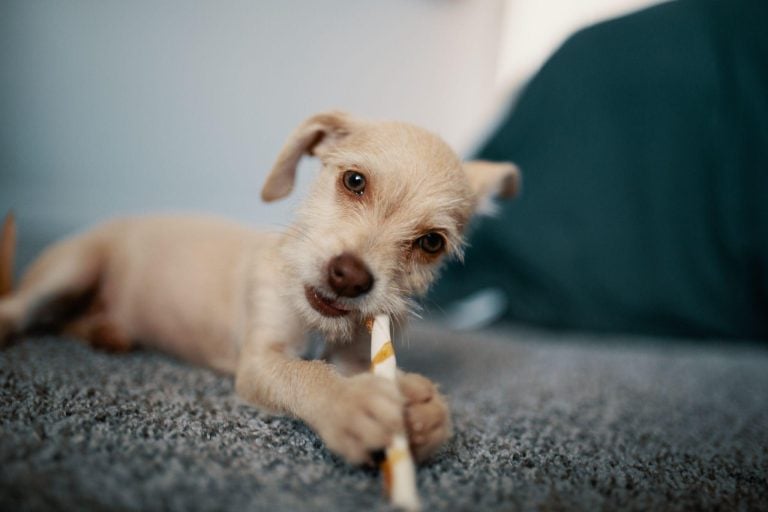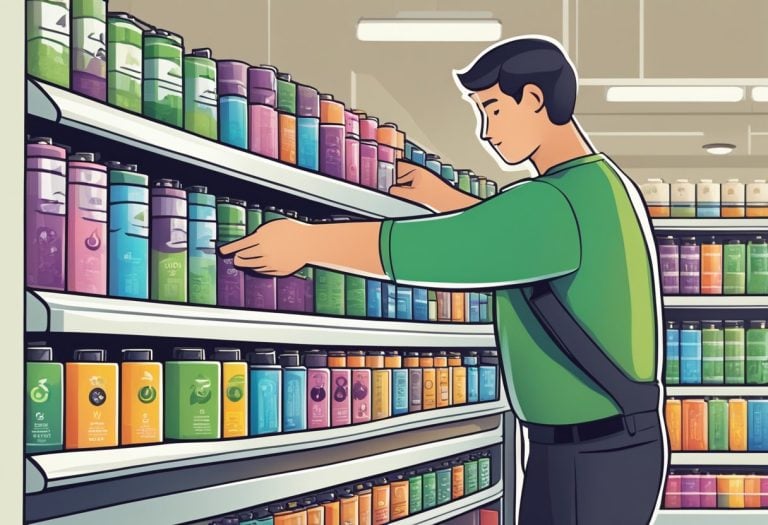Puppy-Proofing 101: Preparing Your Home for a New Dog

Table of Contents
Welcoming a new puppy into your home is a joyous occasion. However, much like baby-proofing for a human infant, puppy-proofing your home is essential for the safety and well-being of your new canine family member.
From choosing the best dog door for sliding glass doors to understanding the risks of Parvo in Dogs, this comprehensive guide will help you prepare your home for a lifetime of furry companionship.
Assessing Home Safety
The initial step to take in puppy-proofing your home is performing a thorough safety assessment.
Puppies are inherently curious and may not yet understand the dangers they can encounter in their new environment.
From electrical hazards to poisonous plants, you’ll want to get ahead of potential problems and mitigate them before your puppy sets a paw in your home.
Electrical Cords and Outlets
Safety Concerns
Puppies have a natural inclination to explore their world through their mouths, making chewable items like electrical cords extremely hazardous. A puppy chewing through a live electrical cord could face severe injuries or even death.
Actionable Tips
- Cord Organizers: There are various cord organizers available on the market that can help you bundle and lift electrical cords off the ground, out of reach of your pup.
- Protective Wraps: In areas where cords can’t be lifted or organized away, consider using chew-proof protective wraps as an additional layer of safety.
- Outlet Covers: An often-overlooked hazard, uncovered electrical outlets could be intriguing to a little nose or paw. Simple plastic outlet covers can prevent your puppy from sticking their paw into the socket.
Poisonous Plants
Identify Risks
Common household plants like lilies, poinsettias, and philodendrons are toxic to dogs and can cause anything from mild discomfort to severe illness.
Solutions
- Removal or Replacement: The simplest way to mitigate this risk is to remove these plants from your home. If you’re particularly attached to having greenery, consider replacing them with pet-safe plants.
- Identification List: Keep a list of toxic plants handy. This list can be a quick reference guide for house members and caretakers who might not be as well-informed about the risks.
Navigating Your Home
Now that you’ve addressed basic safety concerns, the next step is to think about how your puppy will navigate through the home.
This includes considerations about where they’ll spend most of their time, how they’ll access outdoor spaces, and how to keep them safe on stairs or other elevated areas.
Dog Door For Sliding Glass Doors
Functionality
The freedom to easily access the outdoors can be especially beneficial for a puppy’s development and housetraining. If you have a secured backyard and sliding glass doors, a dog door can be an excellent addition.
Quality
- Durable Material: Opt for a dog door made of sturdy, long-lasting material that can withstand daily use.
- Security Features: Many high-quality dog doors come with a locking mechanism, allowing you to control when your puppy can go in or out, providing an extra layer of home security.
Stairs and Steps
Risk of Falling
While older dogs can usually navigate stairs without a problem, puppies are still developing their motor skills and may be more susceptible to tumbles and falls.
Prevention
- Baby Gates: These can be installed at both the top and bottom of staircases to keep your puppy safe until they are comfortable with stairs.
- Supervision: Until your puppy gets the hang of it, always supervise them when they’re around stairs to offer guidance and prevent accidents.
Health and Hygiene Preparations
Ensuring your new pup’s well-being goes beyond physical safety precautions; it encompasses a broader spectrum of health and hygiene requirements.
From vaccinations to safe storage solutions for cleaning agents, preparing in advance will pave the way for a happy, healthy pup in your home.
Parvo in Dogs
What Is Parvo?
Canine parvovirus (Parvo) is a highly contagious viral disease that primarily affects puppies and can be fatal if not promptly and adequately treated. Symptoms include lethargy, vomiting, and severe diarrhea, among others.
Protection
- Vaccination Schedule: Make sure to consult your vet and stick to the recommended vaccination schedule for Parvo. Usually, the first dose is administered between 6 to 8 weeks of age.
- Socialization Safety: Until your puppy has received all of its Parvo vaccinations, it’s advisable to avoid taking them to public dog parks or letting them interact with dogs whose vaccination status is unknown.
Puppy-Proofing the Bathroom
Potential Hazards
Bathrooms often contain a variety of substances that could be hazardous to puppies, such as cleaning agents, human medications, and even certain toiletries.
Storage Solutions
- Child-Proof Locks: Investing in child-proof locks for your bathroom cabinets can prevent your puppy from accidentally ingesting harmful substances.
- Toilet Lid Locks: Some pups are curious enough to try and get into the toilet, which can be both unsanitary and dangerous. A simple toilet lid lock can help keep them safe.
Training and Behavioral Considerations
Puppy-proofing isn’t just about making environmental changes; it’s also about instilling proper behavior and training right from the start.
Effective training can help both you and your puppy adapt more quickly and create a harmonious living situation.
Crate Training
Why Crate Training?
A crate can serve multiple purposes: it can be a tool for house training, as well as a safe haven where your puppy can retreat when they need a break or when you can’t supervise them.
Choosing a Crate
- Appropriate Size: The crate should be large enough for your puppy to stand up, turn around, and lie down comfortably. However, it shouldn’t be so large that your pup could use one corner as a bathroom.
- Material and Design: Choose a crate made of durable material that offers good ventilation. You may also want to consider crates that are easy to clean.
Basic Commands
Essential Commands
Training your puppy on basic commands like “sit,” “stay,” and “come” will help you manage their behavior more effectively. These commands are foundational and will be beneficial in various situations throughout your dog’s life.
Consistency is Key
- Uniform Commands: Make sure everyone in the household is using the same words and gestures for each command to avoid confusing the puppy.
- Reward System: Utilize treats or positive reinforcement techniques consistently to reward your puppy for good behavior, helping them understand what actions are expected.
Taking these steps will not only ensure the safety and well-being of your new puppy but also set the stage for a long, loving, and joyful life together.
Final Remarks
Puppy-proofing is an ongoing process that evolves as your dog grows and explores its environment.
By taking proactive steps, such as installing the best dog door for sliding glass doors and being vigilant about risks like Parvo, you’re not just making your home safer for your new puppy but also setting the stage for a rewarding and lasting companionship.
As always, consult your veterinarian for specific health advice tailored to your new four-legged family member.






